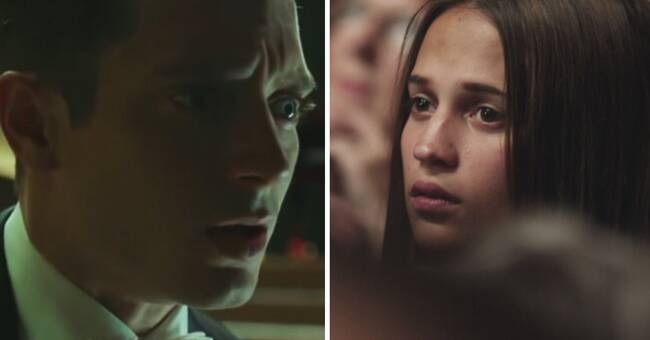Five researchers from the University of Gothenburg, Stockholm University and the National Board of Music participate in the research project "Classical music for a mediated world".
Tobias Pontara leads it all and in his sub-study he examines which notions of classical music are conveyed in contemporary films and TV series.
- One of the most common types of scene is where listening is portrayed as what you could call an aesthetically emotional, transformative experience, says Tobias Pontara.
Romantic aesthetics
This is a type of scene that has long historical roots, he says.
For example, you can see scenes in Hollywood movies from the 30s with long close-ups of people in a concert hall listening to classical music with rapture.
- This is a notion that classical music transports the listener to another realm, as they put it in the early 19th century.
It is a romantic aesthetic that lies at the bottom, he says.
But Tobias Pontara has also found a new type of darker depiction in the footsteps of metoo.
- A new trend in both American and European films is that they focus on power structures, power issues, ideals around perfectionism and also sexual exploitation that occurs in much of classical music culture, if you are to believe these films.
Classical music and sadism
In, for example, The perfection from 2019, the main characters are threatened with sadistic punishment if they play a single ton of mistakes.
In a horror-filled film world, the notes and the work have become more important than the musicians.
Such films can even be seen as a kind of critique of the very concept of work in classical music, says Tobias Pontara.
- There are philosophical theories about the classical music work that say that if you miss a single note, you have not performed that work, then you have performed something else, says Tobias Pontara.

